Here is another answer which will stop once the first non null column is reached.


let
Source = Table.FromRows(Json.Document(Binary.Decompress(Binary.FromText("i45WMlTSUTIyAhIoKFYHKoNNAipujE0CUzwWAA==", BinaryEncoding.Base64), Compression.Deflate)), let _t = ((type nullable text) meta [Serialized.Text = true]) in type table [Column1 = _t, Column2 = _t, Column3 = _t, Column4 = _t, Column5 = _t, Column6 = _t, Column7 = _t]),
#"Changed Type" = Table.TransformColumnTypes(Source,{{"Column1", Int64.Type}, {"Column2", Int64.Type}, {"Column3", Int64.Type}, {"Column4", type text}, {"Column5", type text}, {"Column6", type text}, {"Column7", type text}}),
sampleTable = Table.ReplaceValue(#"Changed Type","",null,Replacer.ReplaceValue,{"Column4", "Column5", "Column6", "Column7"}),
columnNames = Table.ColumnNames( sampleTable),
Custom1 = List.Generate(
()=> [name = columnNames{index}, index = 0] ,
each [index] < List.Count(columnNames) and List.NonNullCount(Table.Column(sampleTable,[name])) <>0,
each [name = columnNames{index}, index = [index]+ 1] ,
each [name]
)
in
Custom1

